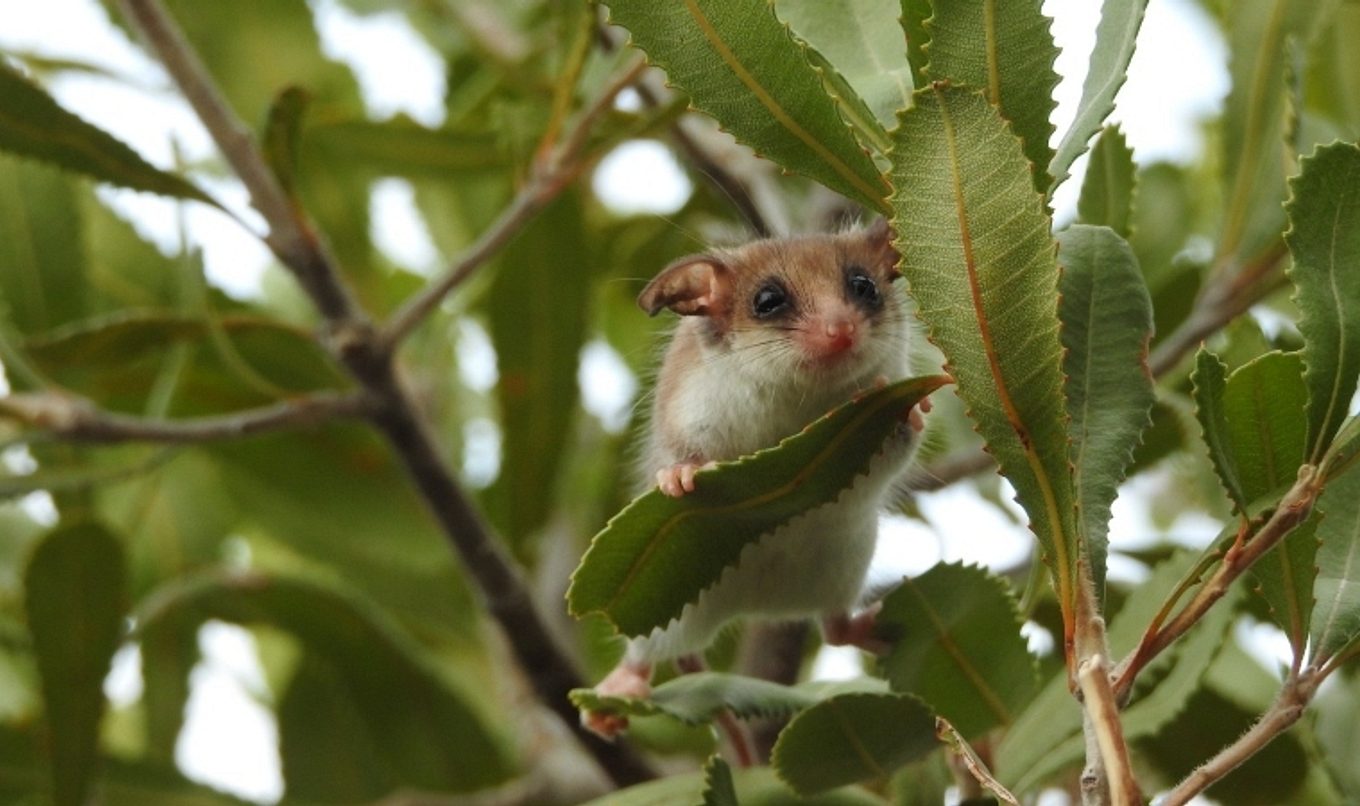Conservation, recreation key to SA’s newest national park
A new national park on the Fleurieu Peninsula is set to become an ecological haven for threatened native animals and plant species as well as an adventure-tourism destination for mountain biking and hiking.

A 423-hectare portion of land, located south of Hindmarsh Tiers Road, has been transferred from SA Water and is the first step in a $3 million project focused on delivering conservation and recreation outcomes in the Hindmarsh Valley.
The land will be proclaimed as a new national park to provide ongoing ecological protection for the area. It will also allow visitors to see a uniquely beautiful part of the region, with day visitor facilities and mountain biking and walking trail experiences to be developed.
The purchase of land builds on the South Australian Government’s record investment in national parks and increasing the footprint of protected areas across the state.
This includes the imminent transfer of land at Aldinga Washpool, the recent proclamation of Nilpena Ediacara National Park, the creation of Glenthorne National Park - Ityamaiitpinna Yarta (Adelaide’s second metropolitan national park) and the proposal to create Australia’s biggest national park – Munga-Thirri-Simpson Desert.
Once all of our changes take effect the area protected by national parks will have more than doubled, from 3.90 million hectares to 7.86 million hectares.
The new national park will become an ecological haven for threatened species and nature-based tourism destination that adds to the offering at nearby Myponga Reservoir.
It ensures that not only can a very unique part of the Fleurieu Peninsula be protected but also allows opportunities for visitors to be able to experience and see this beautiful part of South Australia for themselves which will support local businesses and create jobs.
There is a very strong tradition of parks and reserves in South Australia, dating back to 1891 when Belair National Park was created as Australia’s second national park and more recently last year when Glenthorne become Adelaide’s newest metropolitan national park.
National parks are essential spaces to enjoy nature in all its forms, and provide South Australians with a wide range of environmental, social and economic benefits.
This latest purchase of land is an exciting and very beautiful addition to the current network of national parks across South Australia.
The Hindmarsh Tiers area provides habitat for the nationally-endangered southern brown bandicoot and the chestnut-rumped heath-wren, nationally-vulnerable bassian thrush and the critically endangered western pygmy possum.
It is also the location of nationally critically endangered Fleurieu Peninsula Swamps and three species of endangered plants which are only found in the Hindmarsh Valley area, including the Hindmarsh Valley greenhood (Pterostylis bryophila), Mount Compass oak-bush (Allocasuarina robusta) and Hindmarsh Valley correa (Correa calycina var. calycina).
Mountain bike and walking trails are expected to be constructed in the new park, avoiding environmentally sensitive areas, as part of the South Australian Government’s push to get more South Australians visiting national parks and enhancing the state’s reputation as a nature-based tourism destination.
Yet to be named, the new national park is expected to be proclaimed later this year.

